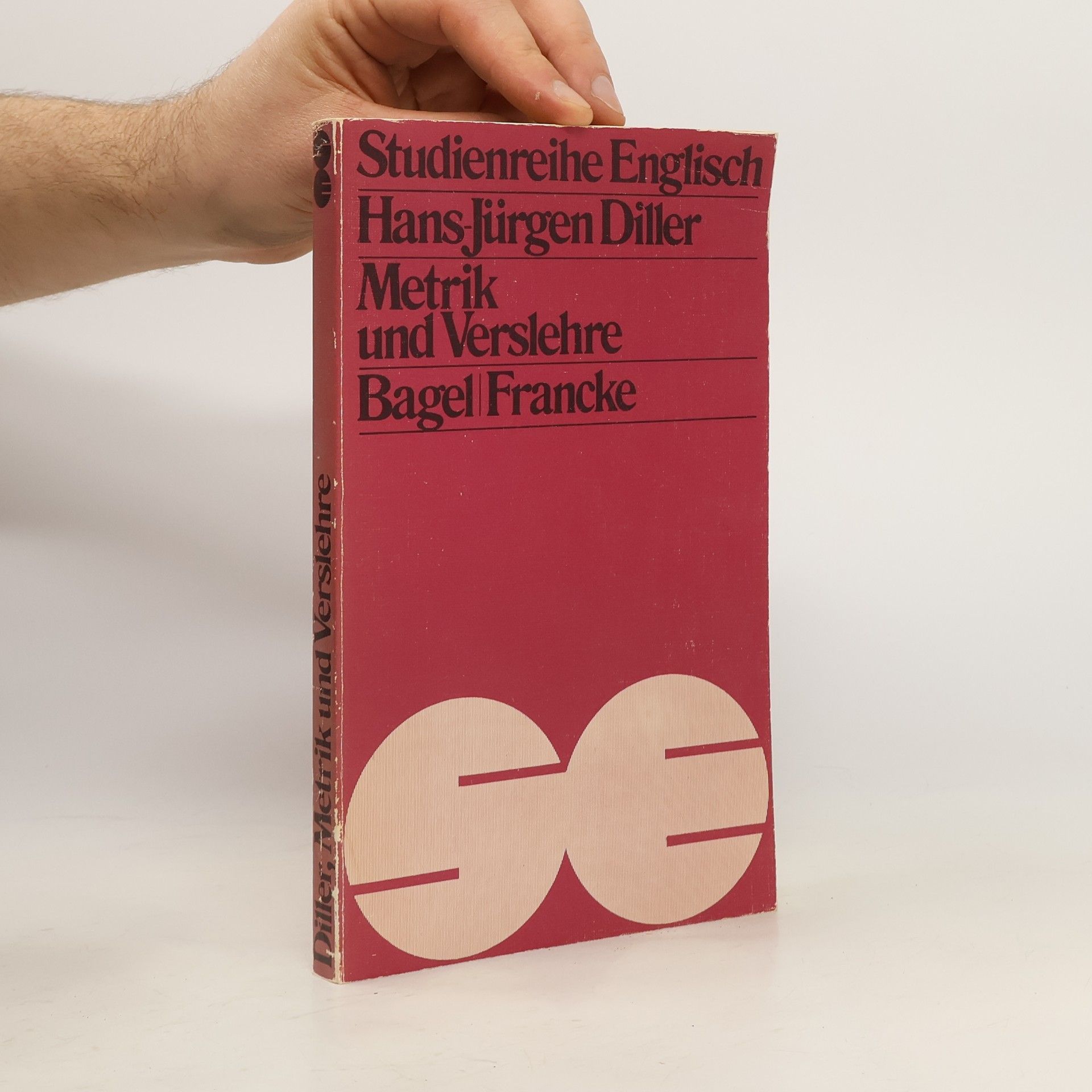The papers and articles united in this volume analyse the use of a selection of lexemes designating emotions in the history of English from Anglo-Saxon times to Late Modern English. An Introduction gives an account of the emotions in modern psychology and of the contribution of Historical Semantics to our understanding of their origins. A number of chapters discriminate the meanings of near-synonyms such as 'wrath'/'anger'/'tēne' or 'joy'/'bliss'/'mirth'. Other chapters trace the emergence and demise of superordinate categories like 'mood', 'passion', and 'emotion'. The analyses are largely based on closed computer-readable collections as they are accessible for Old, Middle, and Modern English. The more recent chapters aim at a balanced consideration of literary and non-literary genres and use a personal selection from more comprehensive repositories like 'Gutenberg', the 'Online Books Page', 'Google Books' and the 'Internet Archive'. To a large extent, that selection draws on traditional bibliographical tools.
Hans-Jürgen Diller Livres






Historical linguistics is increasingly recognizing the importance of textual genres as the locus of linguistic innovation. While that locus has traditionally been identified with the spoken language, the present volume emphasizes the importance of writing both in its literary and non-literary forms. The historical scope of the volume ranges from Old English to the eighteenth century; methodologically it covers problems of theoretical and historical text typology as well as exemplary studies of the role of single genres in the development of English. Contributors: Douglas Biber (Flagstaff, Arizona), Norman Blake (Sheffield), Hans-Jürgen Diller (Bochum), Manfred Görlach (Köln), Thomas Honegger (Zürich), Thomas Kohnen (Duisburg), Terttu Nevalainen (Hesinki), Rodrigo Pérez Lorido (Oviedo), Irma Taavitsainen (Helsinki).
The mystery plays of medieval England have traditionally been analysed in ways which centre on the texts and their religious significance. Hans-Jurgen Diller's major study, first published in German, seeks to recover their dramatic potential by focusing on the function of language in conventional modes of speech, prayer, address and dialogue. He looks at speech and dramatic form in the plays to reveal new insights concerning spatial and temporal orientation, the expression of emotions, and the relationships between characters on stage, between actor and audience, and between the dramatic world and the ordinary world outside it. His analysis offers new ways of understanding the relationship of vernacular drama to its liturgical antecedents, and new means of distinguishing stylistically between the cycles and between the groups of plays they comprise.
